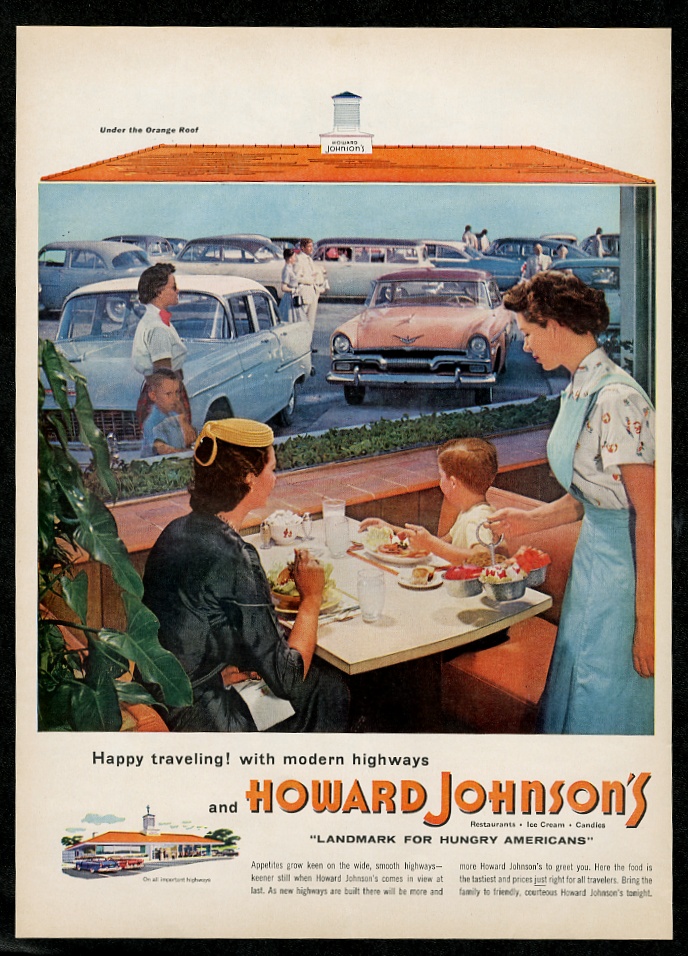

In over 200 marvelous photographs, this collection recaptures fond memories for former residents and shows newcomers the history of the West End. Once a thriving, energetic, and diverse neighborhood, the West End was slated for complete removal following World War II.

Within these pages, author Anthony Mitchell Sammarcoīrings to life the history of Boston's West End-theĪrea of the city bound by the Charles River and Storrow Drive as well as North Station, City Hall Plaza, and Myrtle Street. Shipping may be from multiple locations in the US or from the UK, depending on stock availability.Boston's old West End, now demolished, is revealed here in the history of its residents and buildings in more than 200 photographs. Sammarco recounts how Howard Johnson introduced twenty-eight flavors of ice cream, the "Tendersweet" clam strips, grilled frankforts and a menu of delicious and traditional foods that families eagerly enjoyed when they traveled. The attractive white Colonial Revival restaurants, with eye-catching porcelain tile roofs, illuminated cupolas and sea blue shutters, were described in "Reader's Digest" in 1949 as the epitome of "eating places that look like New England town meeting houses dressed up for Sunday." Highlighted in television shows such as Mad Men and films Netflix's 2019 The Irishman, it's obvious that Howard Johnson's occupies an indelible and pleasant place popular culture.

With a reputation for good food at affordable prices, hungry customers would regularly return for more. Howard Johnson created an orange-roofed empire of ice cream stands and restaurants that stretched from Maine to Florida, and all the way to the West Coast. Learn more about the "Father of the Franchise Industry" in this illuminating history about the Howard Johnson restaurant franchise and the man behind it all.


 0 kommentar(er)
0 kommentar(er)
